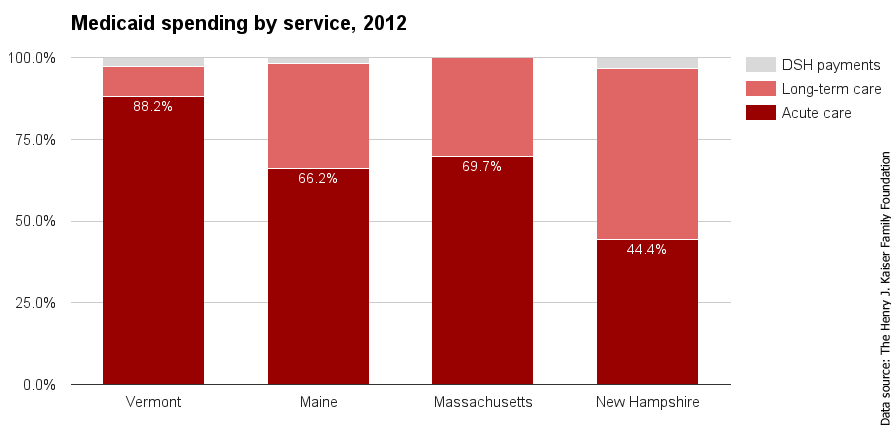
Compare all options before purchasing pet insurance. The table below will give you an idea of what each company offers. Particularly, you should pay attention to rates and coverage options. This will help you find the right insurance for your dog or cat.
Rates
Prices for pet insurance will vary depending upon the age of your pet, as well as the level of coverage that they need. Due to the higher likelihood of accidents and illnesses, providers may charge more for older pets. Also, some policies do not cover pre-existing conditions and may even reject older pets altogether. Before purchasing an insurance policy, it is a good idea to check with your company about discounts and other benefits. Multi-pet discounts may also be available.
Many studies have been published to compare rates of pet insurance policies. One study found that cats were less expensive than dog insurance. A study revealed that cats spend less time at the vet than their counterparts in dogs, making them more affordable. It is important to note that there are other factors that can affect the rates.
Options for coverage
Be aware that not all pet insurance policies are created equally. While some companies provide comprehensive coverage for all medical expenses, others only offer coverage for a select few health conditions. Many companies have a deductible that requires you to pay a specific amount up front. You can choose from a range of deductibles that range from $100 up to $500. This is important information to help you decide which one is right for you and your pet.

Other factors to consider when comparing pet insurance coverage options include the number of vet visits covered and the cost of veterinary care. Accident-only policies are less expensive than those that cover all illnesses. Accident-and illness plans, however, are more comprehensive, and cover most vet visits, procedures and hospitalizations.
Deductibles
When looking for pet insurance, the deductible is something you should consider. Different companies offer different deductible amounts. Some companies offer a $0 minimum deductible, while others require that you pay $1000. The amount that you pay will depend on your budget, age and pet's health.
There are two options: an annual deductible and a per-condition one. The first is simpler to manage and most pet owners will prefer it. You will need to track expenses by date and condition. The deductible for each new medical condition will therefore be different. It might take longer before your insurance provider reimburses.
Waiting periods
You should consider the waiting period when choosing a pet insurance policy. The insurer will impose these waiting periods to make sure your pet is fit enough to receive coverage. The most common waiting period for policies is 30 days. However, this can vary. Some insurers may have shorter waiting periods, while others may require a longer one. Trupanion for instance has a 30-day waiting limit for illness coverage.
Although the waiting period for pet insurance coverage is variable, some conditions are not covered. Certain diseases, like cruciate injuries, are excluded from coverage by most policies. For example, dogs suffering from hip dysplasia will likely have a longer waiting list than dogs with cruciate or other injuries.

Reimbursement percentage
The reimbursement percentage for pet insurance policies can impact the total cost. Some companies have higher reimbursement levels than others. An 80% reimbursement percentage means that your insurance will cover 80% of any covered expenses. This means that you will only be responsible to $200 for your dog's injuries. But, if your pet has a chronic condition that needs constant care, you may have to pay more.
Generally, reimbursement percentages for pet insurance plans range from 80% to 90%. However, you should understand that higher reimbursement percentages mean a more expensive plan. In addition, you must pay a deductible every time you submit a claim. The most common deductible amounts are $100, $200, and $500.